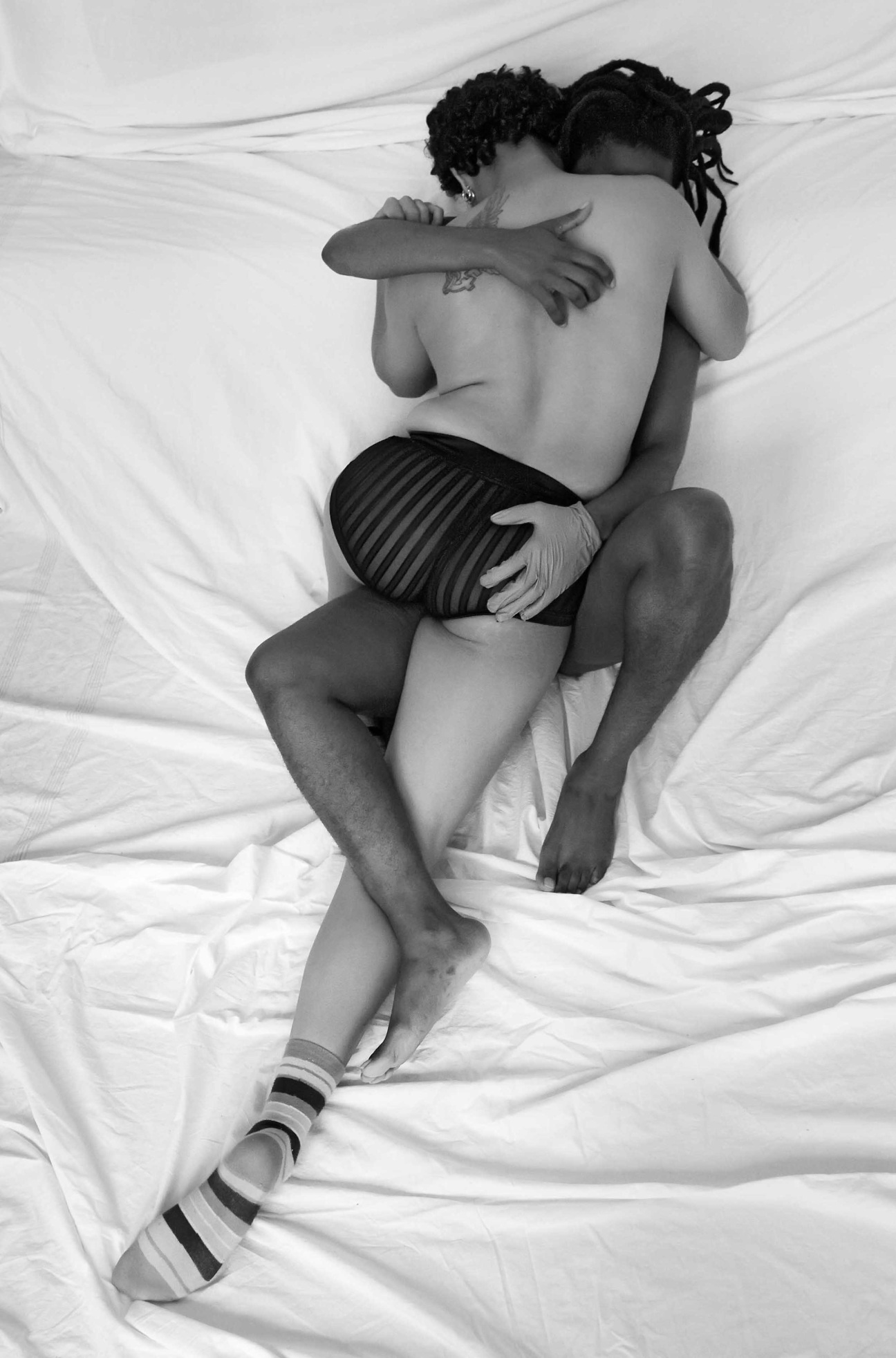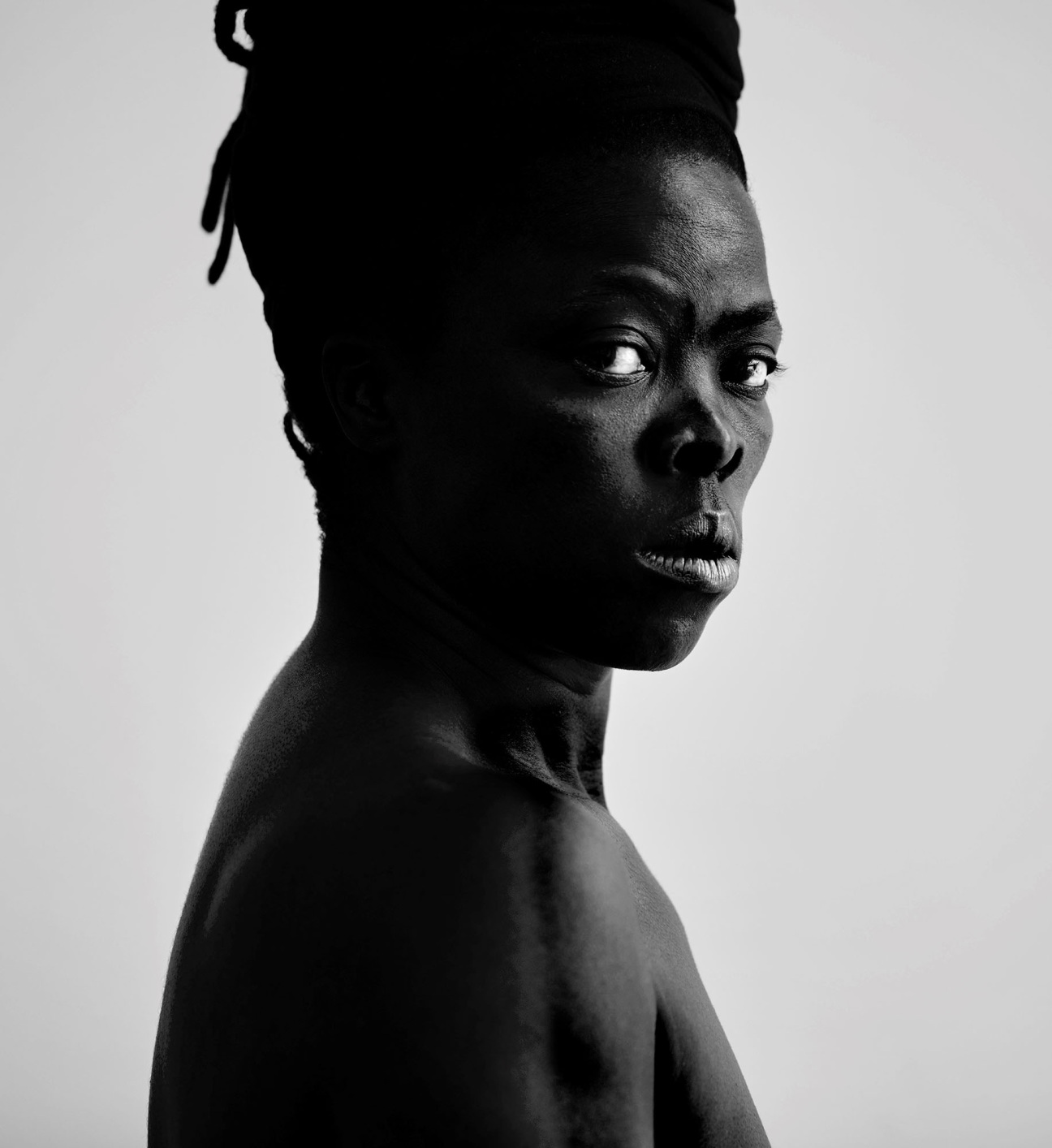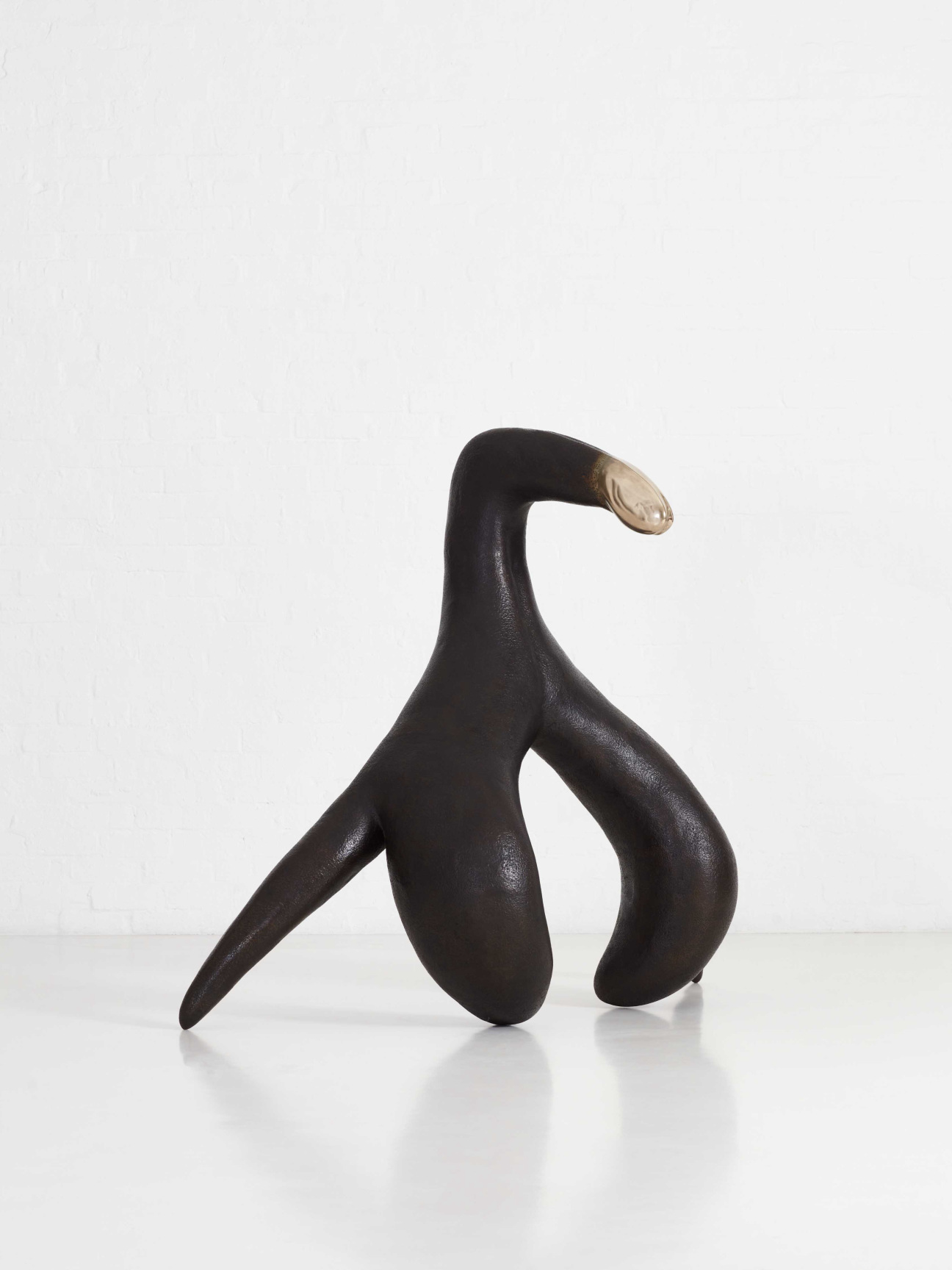
In 2003, when I visited Johannesburg as a graudate student in a course on the history and culture of South Africa, I heard a joke directed at African Americans by local comedian Judy Jake.
"This is not your homeland," she said, tired of Black Americans making ancestral pilgrimages to the new democracy. "You meant to go way over there." She waved toward the western part of the continent, some 4,000 miles away.
The message of that trip was clear: South Africa had its own history, its own dynamics that could not be readily framed within the Black American experience. The township was not the ghetto, a braai was not a fish fry. In 1990, the legendary South African lawyer Albie Sachs warned that a reductionist view of the country’s culture could stifle artistic creation. “Our movement has developed a style of its own, a way of doing things and of expressing itself… And what a rich mix it is,” he said. “African tradition, church tradition, Gandhian tradition, all the languages and ways and styles of the many communities in our country.”
South African perspectives, I learned, were distinct and particular, and demanded respect on their own terms.

Imagine my surprise, some 20 years later, to find that one of the preeminent South African artists of their generation, Zanele Muholi, is also perhaps one of the first photographers of what the late economist Theodore Levitt deemed “a flat earth,” a phase of globalization ushered by new technologies, homogenizing culture along the way.
The threats of a flat society have been predicted, with slightly different intonations, since at least 2005, when observers from Andrew Keen to Lawrence Lessig debated the impact of networked technologies. Unlike “post-Internet art,” which emerged around the same time, what I call flat photography is not about the Internet, but reflects, visually, the logics of visibility, publicity, and digestibility that developed online throughout the 2000s.
Flat photography—of which Muholi’s work is a prime example—is often born from the global connections of Web 2.0, but speaks to a Western audience. It is vaguely democratic, rich in easy-to-parse symbolism, and fluent in the trends and language of digital culture. Coinciding with the 30th anniversary of the end of apartheid, Muholi’s first major exhibition on the West Coast, “Zanele Muholi: Eye Me,” is on view at the San Francisco Museum of Modern Art through Aug. 11; another major survey opens in June at the Tate Modern in London.

To understand Muholi’s career, and the rise of flat photography in general, one must understand social media in its infancy. Facebook, and its promise of global community, arrived in 2004 at the end of a roughly 10-year period of influential group exhibitions organized to warm international audiences to African contemporary art. Muholi embraced social media early, posting pictures to Facebook and Tumblr, uploading videos to YouTube, and starting their own long-running digital publication, Inkanyiso.
The network social media afforded the Durban native had once been unimaginable. Muholi was born in 1972, four years before television was introduced to South Africa, reversing a state-sanctioned strategy to isolate the nation from the rest of the world. Until the end of apartheid in 1994, South African artists often worked in anonymity or in exile, censored by their governments and subject to cultural boycotts. In 2012, when Muholi returned from a film screening in South Korea to find they had been robbed of five years’ worth of work, the news quickly reached an international public and the artist garnered support from around the world.
Born to a domestic worker and a tradesman who died when they were an infant, Muholi was raised by relatives on the coast before moving to Johannesburg. There, they held a series of jobs: as a hairdresser and in a corporate communications firm. They began photographing the LGBTQIA+ community for the website Behind the Mask before attending the Market Photo Workshop in 2003. In an early series, “Only Half the Picture,” Muholi, who had documented hate crimes across the country as a lesbian rights advocate, dispelled the idea that queer identity was a Western import. Another project, “Being,” depicted the intimate lives of queer couples. In 2010, South Africa’s minister of arts and culture condemned Muholi's work as "immoral," spurring national debate.

While completing an MFA at Ryerson University in Toronto, Muholi rose to international acclaim with "Faces and Phases," an ongoing series of black-and-white portraits of young Black LGBTQI South Africans. The subject of countless exhibitions and prizes, including Glamour magazine's "Campaigner of the Year," the body of work burnished the artist's reputation as a "visual activist." The photos, often exhibited in large grids, catalog membes of Muholi's community in a bid for social recognition.
Muholi’s work has gained renown amid a growing respect for practices of “participatory” or “socially engaged” photography made with the sitter's collaboration. (Muholi eschews the term “subject,” which implies an imbalance of power between artist and sitter.) In "Faces and Phases," Muholi's approach—vertical black-and-white portraits, eyes staring directly into the camera with a crinkle of recognition—echoed the work of community and visual literacy projects, from the earnest portraits of veteran educator Wendy Ewald to the paste-up murals of French celebrity street artist JR.
As social media evolved into the monolith it is today, Muholi’s work, in which the participant is invited to control their presentation, became resonant with another emerging practice: image management. Their practice reflected an intensifying veneration of personal expression found everywhere from advertising to human rights and was exhibited during a shifting discourse in photography from “the body” (practical, vulnerable) to “the self” (creative, heroic). As personalization and accommodation were shaping discourses of “visibility” on the Internet, the virtue of “seeing one’s self” in an image took on a new, reductionist dimension. Muholi’s culturally specific attempts to create an archive of Black, queer life in South Africa, where homosexuality is enshrined in the constitution but men perform “corrective rapes,” were increasingly flattened into the generic and therapizing language of American-style identity politics.

Muholi’s work came to reflect two interrelated digital trends: the flatness of activist speech and the glorification of the individual. In 2014, Muholi began a series of self-portraits to, as they wrote at the time, “reclaim my blackness,” a phrase frequently invoked by Black Twitter. In “Somnyama Ngonyama (or Hail, the Dark Lioness),” the resulting series of more than 200 self-portraits, Muholi dons a set of easily recognizable symbols: Afro-picks, a miner’s goggles, and crucially, a series of items worn as crowns. The portraits are striking, borrowing from the history of fashion photography, but mistake iconicity with social justice. A new series of large-scale sculptures—including a giant clitoris and the artist’s likeness as a Madonna, offering benediction—lands somewhere between agit-prop and a hashtag.
Twenty years ago, a number of exhibitions, essays, and conferences sought to understand the meaning of globalization to the African artist, and convey Africa’s influence on the West. Today, it may be salient to consider the impact of the West’s online discourse on African artists, especially when it sets the terms of engage- ment in international art markets. The culturally flat world can be seen in the work of sculptor Mary Sibande, who uses toy soldiers and Western comic book heroes, or the self-portraits of Samuel Fosso and Omar Victor Diop, who have depicted themselves as Martin Luther King Jr. and Trayvon Martin, respectively. Can a work of art shaped by Western obsessions ever be truly decolonial?
In 2018, to commemorate 25 years of democracy in South Africa, Muholi initiated a self-funded, multimillion-rand project, inviting 25 students to make portraits of the artist— one painting for each year of freedom—for an exhibition that traveled across the globe. I’ll let those engaged in South African politics inter- pret the symbolic dimensions of such a tribute. To me, it illustrates how, in flat photography, the wider the world expands, the narrower the scope of vision becomes. It calls to mind a perverse reading of the phrase, “Umuntu ngumuntu ngabantu,” which evokes our shared humanity and translates from Zulu to, “I am, because you are.” Recently, Muholi posted the expression to social media, thanking their followers. I think, in the end, the artist has got it right.










 in your life?
in your life?

